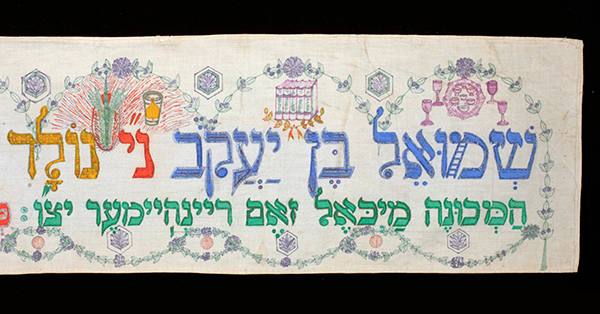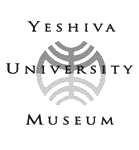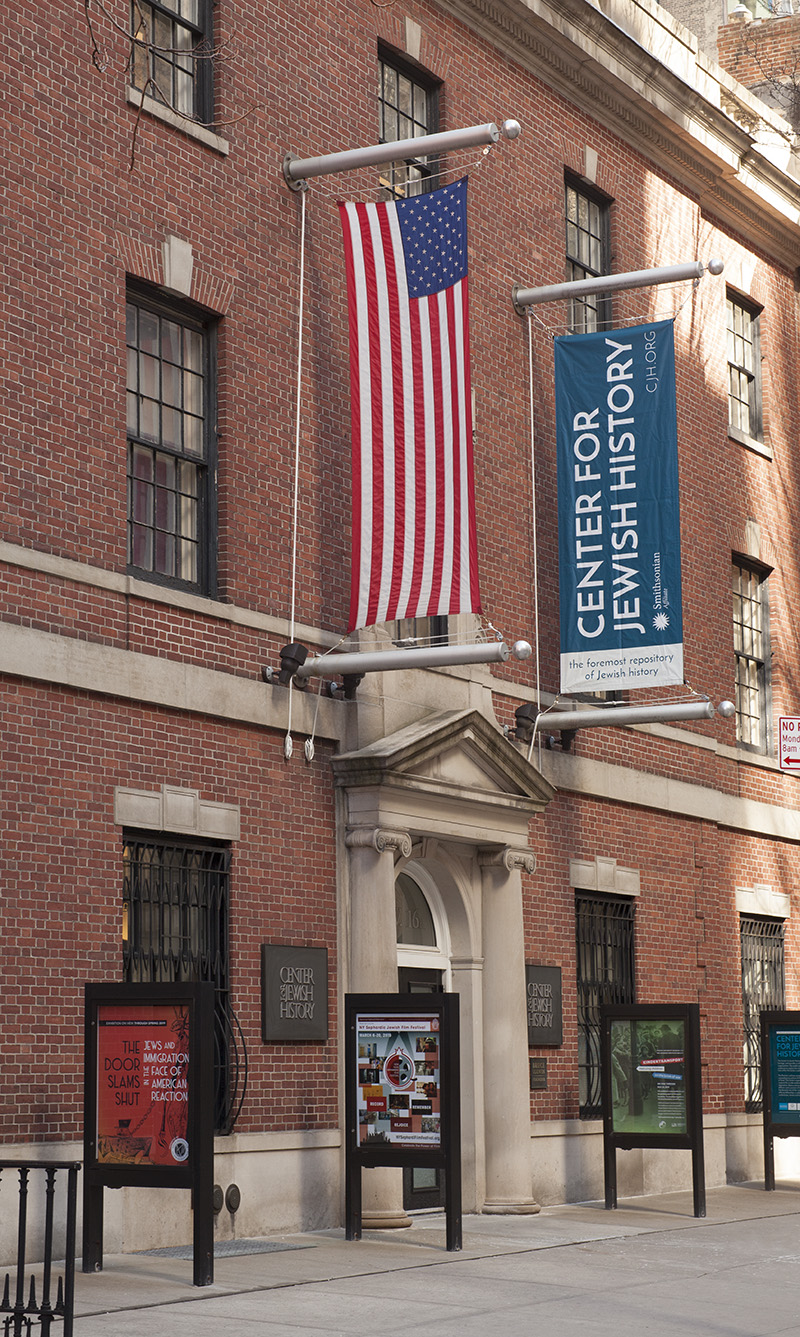lecture

Family History Today: Wimpels - Textiles as Windows into the Lives of our Ancestors – Live on Zoom
German-speaking Jews have a centuries-old tradition of using the fabric that swaddled a boy during the circumcision ceremony to create a Torah binder known as a wimpel. A family member or a professional wimpel maker would paint or embroider the fabric with a ritual blessing, the names of the boy and his father, and a variety of decorations. The boy often presented the wimpel the first time he visited synagogue, and it would later be used to secure the Torah scroll from which he would read on his bar mitzvah and other special occasions.
In August 2023, Yeshiva University Museum (YUM) and the Center for Jewish History completed the digitization, description, and translation of over 60 wimpels in the Museum’s collections, which can be viewed online here. In this panel discussion, Felicitas Heimann-Jelinek, a Vienna-based freelance curator, author, and professor specializing in Jewish cultural history, will provide an overview of the history and significance of these objects and showcase a few illustrative examples from different regions. Bonni-Dara Michaels, YUM Collections Curator, will discuss how the Museum acquired its wimpels and digitized them as part of an Institute of Museum and Library Services-funded project, and then highlight selected examples from the Museum’s collections. Karen S. Franklin, Director of Family Research at the Leo Baeck Institute, will elaborate on how genealogy researchers can analyze and research wimpels they inherited or those in museum collections to learn more about their family histories.
Presented by:



lecture
